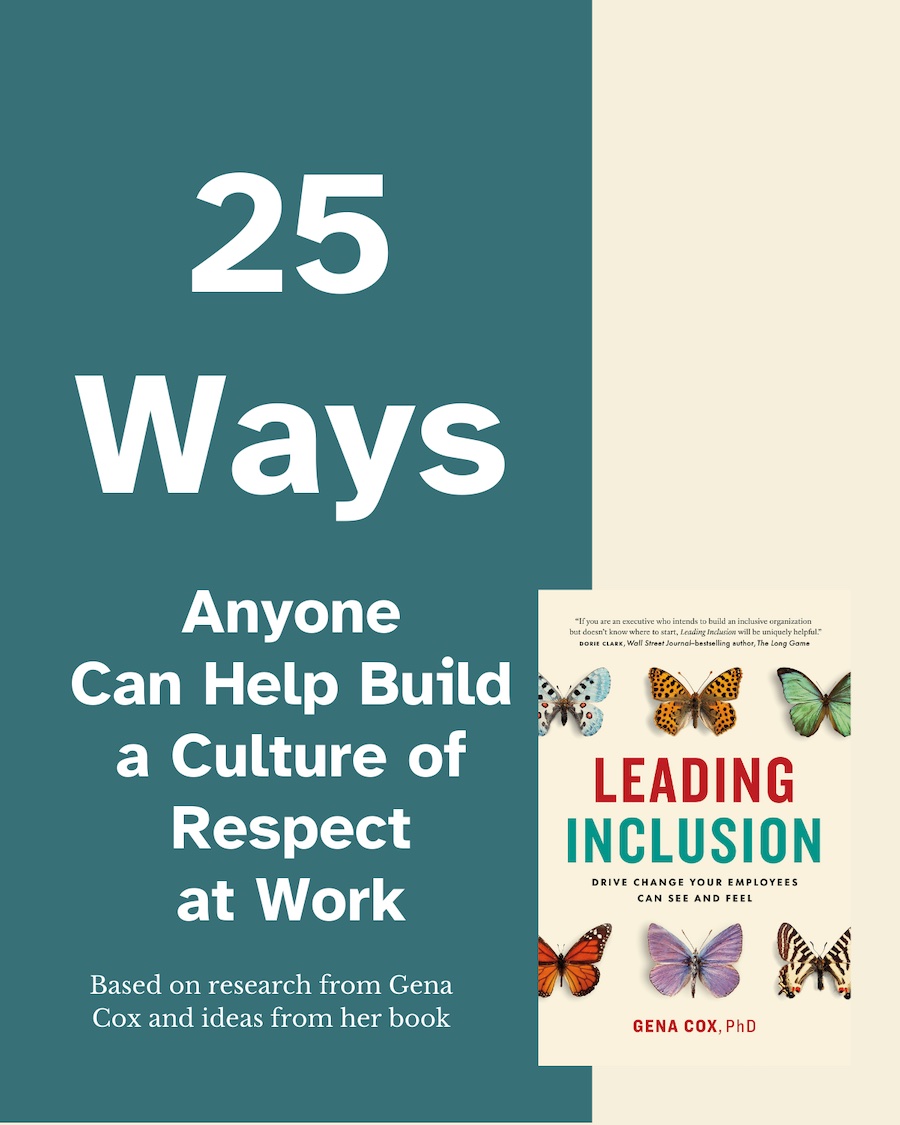Don’t Get Caught Between Fishbowls! Part 2

In the first post in this series “Don’t Get Caught Between Fishbowls – Part 1, I talked about the general unease we are all experiencing as we feel the earth move with the push of technology and data. We all want to feel a little more secure in dealing with these changes so I listed 7 Things We Should do to Avoid Slipping between the Cracks:
- Pay attention: Your fishbowl may be changing right in front of your eyes and you may not realize it until you splash down in the new one with that bewildered “what the heck?” look. That would be too bad AND too late!
- Try new things – become a rapid prototyper.
- Aim to constantly create value
- Spend less time around the familiar
- Spend more time on discovery tasks
- Use Big Data insights
- Continue to work on bringing people together
Today, let’s talk more about the first one – PAYING ATTENTION. How hard can that be? It’s something we have all been advised to do since Kindergarten! As it turns out, paying attention in this environment requires some extra effort and it may be one of the most difficult action items on the Big 7 list.
So, here is my list of 3 Ways to Pay Attention in an information environment where Emails users send more than 200 Million Twitter users and Twitter users send over 100,000 Tweets each minute! The challenge isn’t just that there is so much information; the real difficulty is in deciding what to attend to.
- Pay attention to what futurists are talking about: I don’t mean the futurists on the SyFy channel shows (although their silvery grey, dark green and black view of the future is highly entertaining). I am talking about people who have dedicated their lives to scientifically predicting what Earth will be like in the future. Then, they work backward from those predictions to help lesser mortals like you and me decide what we should focus on today. Read the stuff at http://www.iftf.org to figure out what the new world you are preparing for will look like.
- Pay attention to what Pacesetter CEOs and other leaders are saying: Start with the CEO of the company in which you work or another influential CEO. Then, pick a few others from other industries. Pretty soon, you will notice some patterns. You will be able to tell which CEOs are the Pacesetters and which are the Laggards. Pay more attention to the Pacesetters and try to learn more about the things they are talking about. How else do you think I realized 6 years ago that data analytics (and in my case, talent analytics) would be a hot trend and that I wanted to prepare myself to be a part of that trend? A very cool CEO I know was always talking about “disruption” and “being out front” and “curation”. I learned a great trick from her: Change is inevitable. You want to be in the front line and you do that by selectively attending to the things that matter and mostly ignoring the rest.
- Pay attention to what technology leaders are talking about. It’s not just venture capitalists and cool techies who need to pay attention. Like it or not, technology is reshaping our lives and our careers at a very fast pace. I am an I/O psychologist. I figured out many years ago (by paying attention) that my profession would inevitably be disrupted by technology for many reasons; the most critical of which was the scale of analysis technology would introduce. One of our challenges has always been getting insights across large datasets; or just getting our hands on those large datasets. Well, how would I/O psychology change when it became easier to aggregate the data and when the algorithms could do some of the thinking that we used to do ourselves? Some of the disruption I anticipated has already started and it’s a little scary. Yet, I decided that it was better for me to be closer to the agents of that disruption than to either pretend it wasn’t happening or to criticize it in the hope that somehow things could just remain the way they have always been. Ain’t gonna happen, dontchaknow? So, when you pay attention to technology trends, try to anticipate how those trends will affect YOU and then decide on a strategy to either sit still and get run over, move out of the way and let progress pass you by, or jump onto the moving bus. I highly recommend bus-jumping! It’s a little scary but oh so invigorating.
As information has become more democratized so too must your decision-making about your career; no one is going to tell you what to do! Carpe Diem!
Please “like” this post so I can tell if these ideas are helpful.
Part 1 of this blog series is here.















